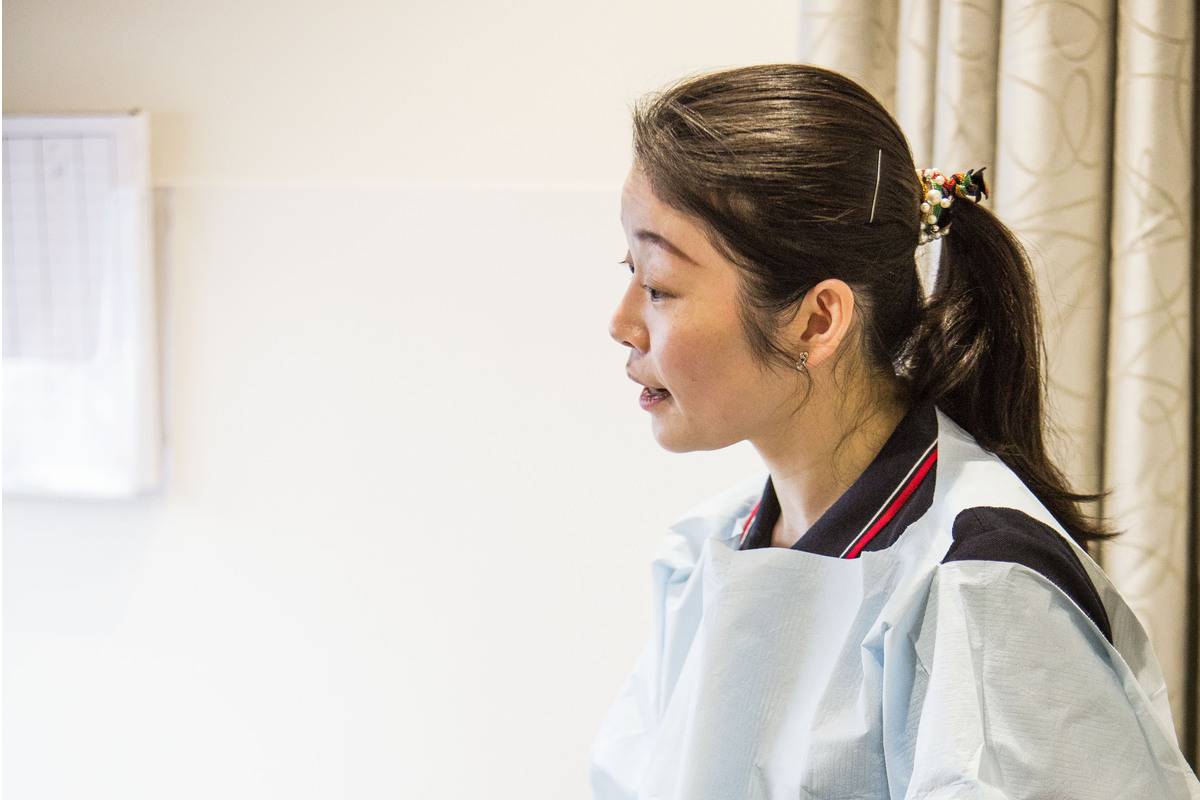Stem cell transplants are a long-studied type of immunotherapy, dating back to the 1950s.
There are two types of stem cell transplant:
- Autologous stem cell transplant – uses your own cells (you are the donor). This type helps you to recover from high dose (strong) chemotherapy.
- Allogeneic stem cell transplant – stem cells come from someone else (a donor). This type replaces your bone marrow with someone else’s.
Who is autologous stem cell transplant right for?
It is a treatment option for lymphoma and multiple myeloma. For people with lymphoma, the aim is a potential cure, where lymphoma does not return. For people with multiple myeloma, the aim is to extend remission (time without cancer).
An autologous stem cell transplant is an intensive treatment and not suitable for everyone. Your doctor will discuss the risks and help you decide if it’s right for you.
How it works
Autologous stem cell transplant allows you to have treatment with high dose chemotherapy. The transplant process involves stem cell collection, high dose chemotherapy and the return of your stem cells.
-
1. Medication to mobilise your stem cells
Blood stem cells live in the bone marrow. Medication encourages them to increase in number and then move into the bloodstream for collection. This is called mobilisation.
You can receive growth factors on their own, or with chemotherapy, to mobilise the stem cells. Your doctor will discuss the best option for you.
-
2. Stem cell collection
We collect stem cells from the blood through a procedure called apheresis. The apheresis machine separates and collects the cells needed and returns the rest of the blood to you.
The procedure takes 3 to 5 hours. Usually collection happens in one day, but it may take a second or third day to collect the number of cells requested by your doctor.
-
3. Stem cell storageA dedicated team processes the cells at Snowdome Laboratories, our facility in Richmond. We protect the cells at ultra-low temperatures through cryopreservation in liquid nitrogen. The cells are stored here until you are ready for your transplant.
-
4. Hospital admission for high-dose chemotherapyYou receive high-dose chemotherapy before your transplant to kill any remaining cancer cells. Unfortunately, the chemotherapy also kills non-cancer (healthy) cells in your bone marrow.
-
5. The transplant
The stem cell transplant happens in the days after chemotherapy. Your stem cells are carefully thawed (unfrozen) and returned to you through an infusion. This is the transplant.
The transplant takes place in hospital under close care from our Cell Therapies Clinical Service.
-
6. Cells engraftOnce in the body, your stem cells in the transplant travel back to the empty bone marrow. They begin to divide and make new blood cells (red, white and platelets). This is called engraftment.
Recovery
The inpatient stay to recover from the chemotherapy and transplant is about 17 to 21 days at Epworth Freemasons, East Melbourne.
Every person has a different recovery time and experience. At Epworth, our priority is giving the very best care to patients as individuals. Our dedicated Haematology Nurse Coordinator will support you through your transplant and treatment experience.

